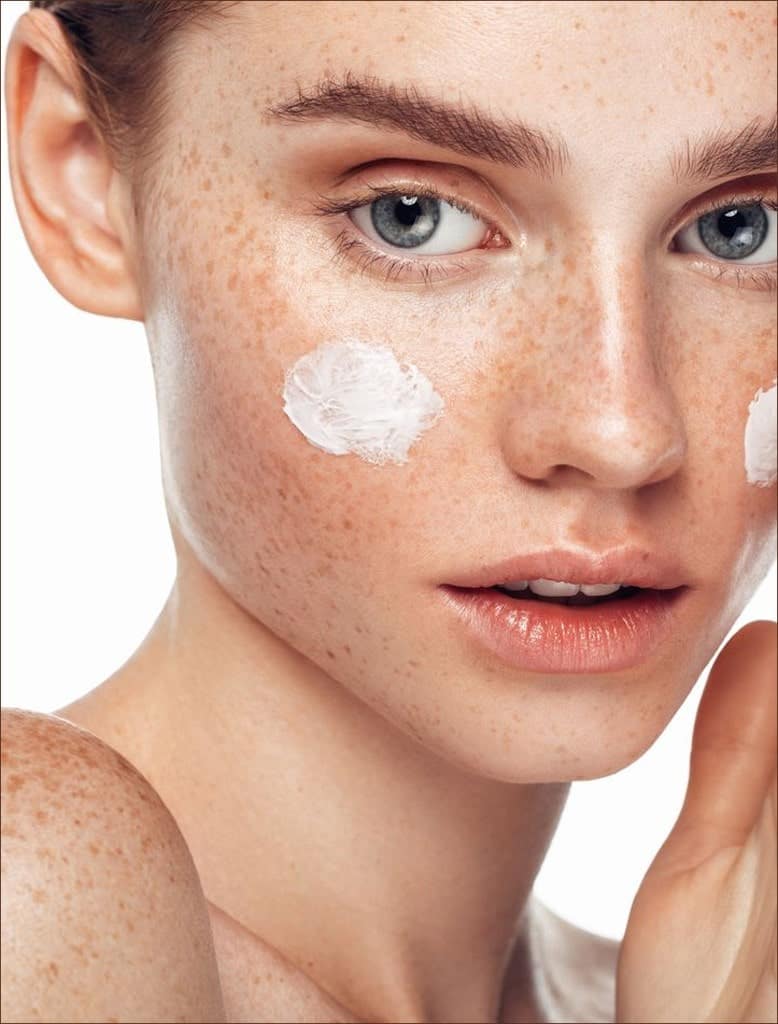What will Azelaic Acid do for my skin?

According to Google, searches for Azelaic Acid are trending and research has shown that it is definitely worth the hype!
Studies have proven that azelaic acid can make a big difference when it comes to preventing and reducing breakouts. It helps to visibly fade red marks and discolouration after breakouts and helps to achieve a smoother, more even complexion.
Azelaic acid is suitable for all skin types and can help to reduce skin sensitivity.
What is Azelaic Acid?
Chemically, azelaic acid is a dicarboxylic acid.
Azelaic acid is obtained from grains such as barley, wheat and rye. When used in skincare products, it is typically lab-engineered for maximum stability and effectiveness.
What will Azelaic acid do for my skin?
Put simply, it has the same effect as a mild exfoliant; it helps to unclog pores and refine the skin’s surface. Azelaic acid is also a potent antioxidant and reduces the factors in the skin that cause sensitivity and bumps.
It is said that Azelaic acid interrupts the progression of emerging skin concerns in the epidermis. Without this inhibiting factor, they can progress to skin concerns such as pigmentation spots, redness, scars, a dull complexion and increased sensitivity. Azelaic acid ‘instructs’ the cells in the upper skin layers how to behave, which in turn, results in a smoother and healthier looking skin, regardless of age, skin type or concerns.
Are there other ingredients Dr Zamani recommends, as well as Azelaic acid, to treat hyperpigmentation?
“All women who are 20 years onwards should incorporate a good skincare routine with SPF, antioxidants, vitamin c, retinol and exfoliation. This reflects my ethos of reveal, enhance, protect the skin.
However, in patients suffering from hyperpigmentation, a disorder where there is increased melanin production in the skin, specific ingredients such as Hydroquinone (prescription only), Tretinoin, Corticosteroids, Arbutin, Niacinamide, and Azelaic acid, as well as other topical acids like Kojic acid can be used to help treat hyperpigmentation with varying degrees of success.”
Skin lightening treatments work by decreasing the production of melanin while increasing the breakdown of melanosomes by inhibiting the enzyme tyrosinase (the enzyme needed to produce melanin). Coupled with tretinoin, a vitamin A derivative used to increase cell turnover, the process of decreasing the appearance of pigmentation is enhanced.
Acids or peels function to help exfoliate or remove the top layer of the skin. When this occurs, new skin emerges. When coupled with topical ingredients that help decrease melanin production, clearer, more even skin can be achieved.
Laser therapy can be effective for hyperpigmentation but must be particularly used with caution in patients with melasma.
Lastly, for women who note the onset of melasma after beginning oral contraceptives, the medication should be stopped if possible.
What products from MZ Skin contain Azelaic acid?
As we have discovered, Azelaic acid has added value to AHAs and BHA when it comes to improving uneven skin tone and other skin concerns.
When used in conjunction with an AHA or BHA exfoliant, it can be the perfect combination for tackling different skin concerns, ranging from bumps to uneven skin tone and minimising the signs of ageing.
Therefore, firstly cleansing the skin with MZ Skin’s Cleanse & Clarify Dual Action AHA Cleanser which is formulated with a blend of Alpha Hydroxy Acids and Fruit Enzymes, plus Azelaic acid will cleanse and exfoliate without irritation for a refined skin texture. The perfect prep to reveal smoother, brighter, and more radiant skin.
MZ Skin’s Brighten & Perfect 10% Vitamin C Corrective Serum aims to nip pigmentation in the bud in particular, with added azelaic acid and peptides to regulate the pigmentation cycle and inhibit the formation of future dark spots.
It is clinically proven to reduce pigmentation and brown spots by 39.7% and brighten skin by 29.4% over 30 days.
How much is too much Azelaic acid?
It is that it is safe to use twice a day (AM and PM), or once every other day for those with sensitive skin. The other bonus is that it can be used in conjunction with other active ingredients. All hail Azelaic acid!




